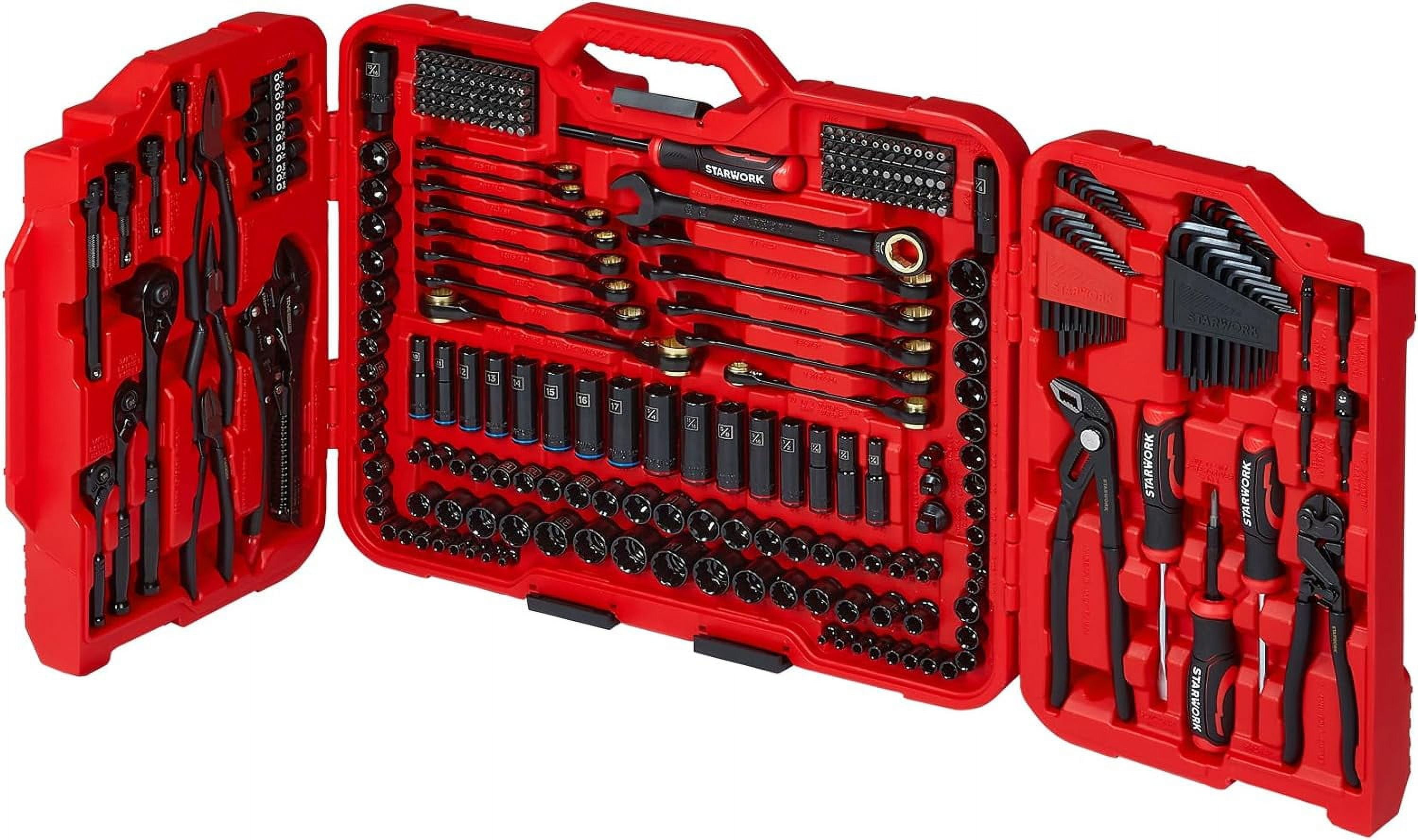Troubleshooting and Advanced Techniques: How To Recane A Rocking Chair Seat

Recaning a rocking chair seat, while rewarding, can present challenges. Understanding common problems and employing advanced techniques significantly improves the outcome and longevity of your repair. This section addresses troubleshooting and provides solutions for achieving professional-quality results.
Cane Breakage and Uneven Weaving
Cane breakage often stems from using overly dry or brittle cane, applying excessive tension during weaving, or using improper tools. Uneven weaving, on the other hand, typically results from inconsistent tension or a lack of experience in maintaining a uniform pattern. Addressing these issues requires careful attention to detail and the application of appropriate techniques.
To prevent cane breakage, select supple, high-quality cane that has been properly conditioned. Avoid applying excessive force while weaving; instead, use a gentle, consistent pressure. Employ sharp, well-maintained tools to ensure clean cuts and prevent fraying. For uneven weaving, practice on a scrap piece of cane before working on the chair. Maintain consistent tension throughout the weaving process, and use a weaving guide if needed to help maintain uniform spacing. If breakage does occur, carefully splice in a new piece of cane using a strong adhesive, ensuring the repair is seamlessly integrated into the existing weave.
Advanced Recaning Techniques, How to recane a rocking chair seat
Advanced techniques are crucial for tackling intricate chair designs or extensive damage. These techniques demand patience, precision, and a thorough understanding of cane weaving principles.
- Repairing Damaged Cane: For small tears or holes, carefully stitch the cane using a fine needle and strong thread, matching the weave pattern. For larger damages, it may be necessary to replace sections of the cane, carefully removing the damaged portions and weaving in new sections. This requires precise matching of the existing weave.
- Working with Intricate Patterns: Intricate patterns require a high level of skill and precision. It is often helpful to create a template or pattern to follow, ensuring consistency throughout the weaving process. This may involve pre-weaving sections separately before integrating them into the overall design.
- Using Different Cane Types: Different cane types offer varying degrees of flexibility and durability. Understanding the properties of each type allows for informed choices based on the specific needs of the chair and the weaving pattern. For example, thicker cane might be used for areas requiring more strength, while finer cane is better suited for intricate designs.
Troubleshooting Guide
A proactive approach to recaning minimizes problems. This guide helps identify and solve common issues.
| Problem | Cause | Solution | Prevention |
|---|---|---|---|
| Cane breakage | Dry or brittle cane; excessive tension; dull tools | Condition cane; reduce tension; use sharp tools; splice in new cane | Use high-quality, conditioned cane; maintain consistent tension; regularly sharpen tools |
| Uneven weaving | Inconsistent tension; lack of experience | Practice on scrap cane; use a weaving guide; maintain consistent tension | Practice beforehand; use a weaving guide; work slowly and deliberately |
| Loose weave | Insufficient tension; incorrect weaving technique | Re-weave sections; adjust tension | Maintain consistent tension; follow proper weaving techniques |
| Split cane | Forcing cane through tight spaces; using improper tools | Replace damaged cane | Use appropriate tools; avoid forcing cane |
